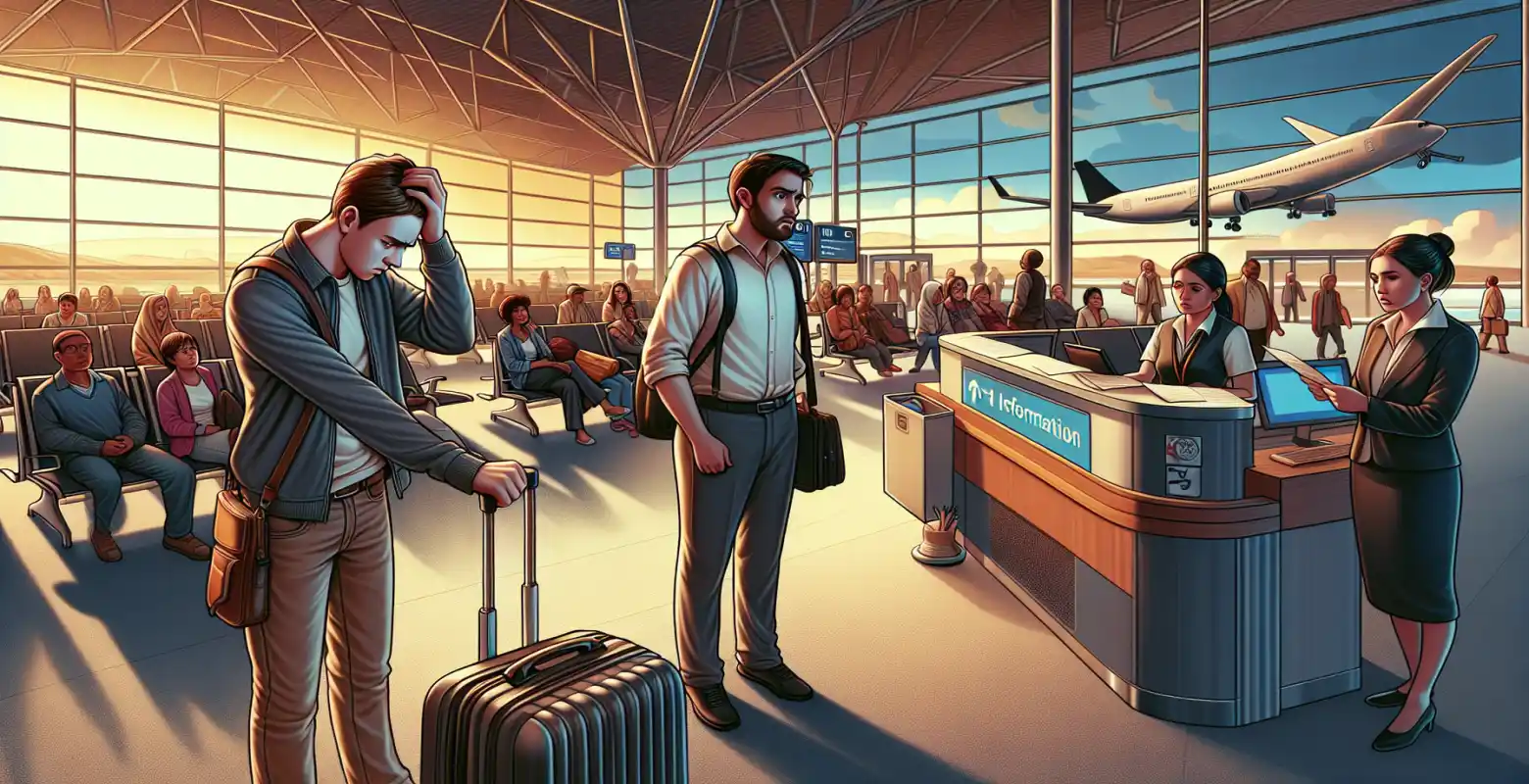How airlines are changing the aviation market in 2024: New trends and challenges
Year 2024 brings many changes in the aviation industry. Airlines worldwide must face growing passenger expectations, environmental protection challenges, and dynamic technological changes. In this article, we will examine how airlines are adapting to these challenges and what trends are shaping the aviation market in 2024.
1. Increase in the number of connections and new international routesIn 2024, airlines are expanding their network of connections in response to the increasing demand for international travel. Carriers such as United Airlines, Delta Air Lines, and Qatar Airways are launching new routes connecting key cities worldwide. For example, United Airlines has opened a new route from New York to Marrakech as part of its strategy to increase presence in Africa.
The development of routes is not limited to traditional markets. In 2024, many airlines are expanding their connections to areas that have been less served, such as countries in East Africa or Southeast Asia. The Asian market, in particular, is gaining importance as the growing number of travelers in this region leads airlines to invest in new connections.
2. Sustainable development in focusIn the context of climate change, sustainable development becomes a priority for airlines. In 2024, the number of carriers taking actions to reduce carbon dioxide emissions is increasing. Airlines such as KLM, Delta, and British Airways are investing in more environmentally friendly aviation fuels, including Sustainable Aviation Fuel (SAF), which is crucial for emission reduction.
Initiatives such as CORSIA (Carbon Offsetting and Reduction Scheme for International Aviation) are the foundation of global efforts to reduce emissions from international aviation. Many airlines actively participate in offset programs to neutralize emissions and seek innovative technological solutions, such as hybrid-electric propulsion.
3. Investments in new technologiesTechnology is becoming a key differentiating factor for airlines. In 2024, many of them are investing in fleet modernization and new systems that enhance operational efficiency and passenger comfort. Next-generation aircraft, such as the Airbus A321XLR and Boeing 777X, introduced into fleets by carriers like Lufthansa, Qatar Airways, and Singapore Airlines, offer greater fuel efficiency and longer range, allowing for the operation of new long-haul routes.
Simultaneously, the development of technologies such as biometric passenger control or modern in-flight entertainment systems is becoming a standard in many airlines. Modern technologies aim to increase efficiency at airports and improve passenger comfort during flights.
4. Adaptation to market changesThe aviation industry is exposed to changing economic and geopolitical conditions. In 2024, we observe how airlines must quickly adapt to challenges such as fluctuating fuel prices, armed conflicts in some regions, or fluctuations in demand for international travel. An example is the reduction of operations in regions affected by geopolitical tensions, such as the Middle East.
In response to these challenges, airlines are implementing more flexible operational strategies that allow them to quickly respond to changing market conditions. This applies to fleet management, network connections, and pricing policies.
5. Development of low-cost airlinesIn 2024, the dynamic growth of low-cost airlines continues. Carriers such as Ryanair, EasyJet, and Wizz Air are expanding their operations into new markets, offering more and more connections at low prices. Low-cost airlines are increasingly entering markets that were previously dominated by traditional carriers, providing an alternative for passengers seeking cheaper travel options.
The growing popularity of low-cost airlines is driven by the increasing demand for affordable travel, especially in regions such as Europe and Asia. In response to this, traditional airlines must adjust their business models to compete with the growing share of low-cost carriers.
6. Unique situation of premium airlinesDespite the growing popularity of low-cost airlines, some premium carriers continue to maintain their strong market position. Airlines such as Emirates, Singapore Airlines, and Qatar Airways continue to invest in luxury services, offering unique passenger experiences on board their aircraft. In 2024, these airlines focus on further improving passenger comfort by introducing innovations in business and first class, such as private suites, exclusive menus, and personalized services.
Premium airlines target business and affluent travelers who expect the highest service standards. The increase in business travel after the pandemic has kept the premium segment profitable, despite the growing competition from low-cost carriers.
7. The future of aviation: what's next?Year 2024 is a year full of challenges but also new opportunities for airlines. The aviation industry is evolving rapidly, driven by technological innovations and growing demand for international travel. The future of aviation seems promising, especially in the context of sustainable technologies like SAF and the increasing number of connections bringing the world closer together.
In the coming years, airlines will have to face new challenges such as changing environmental protection regulations, rising operational costs, and competition from new players in the market. Nevertheless, with technological innovations and flexible operational strategies, the future of aviation looks full of possibilities and further growth.
In conclusion, airlines in 2024 must be prepared for changes and innovations. Investments in technology, adaptation to changing market conditions, and actions towards sustainable development are key elements of success in the modern, dynamic aviation market.






Number of comments: 0